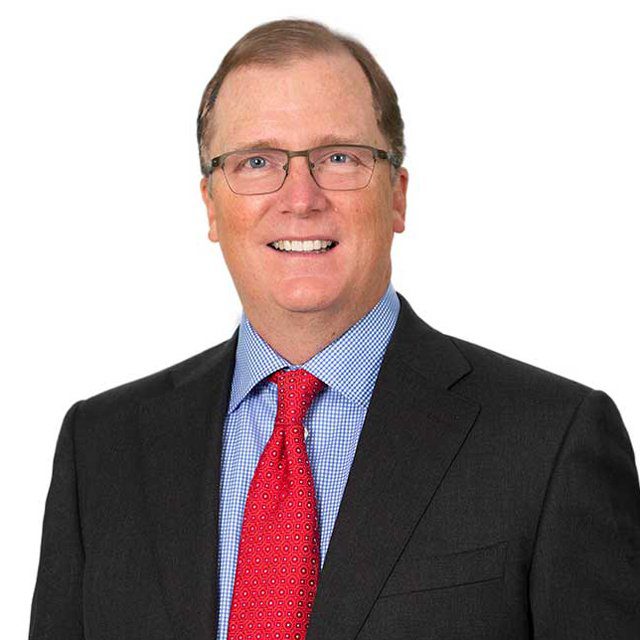For CPAs, Elite Planning. For RIAs, Richer Clients.

Stepping out of one’s comfort zone is a well-known route to growth.
That’s true for financial advisors in Integrated Financial Partners’ 26-year-old CPA Alliance.
“We’re challenging [advisors] to work with [wealthier] clients that normally they’re a little bit uncomfortable with,” Paul Saganey, president and founder of Integrated Financial Partners, tells ThinkAdvisor in an interview.
Advisors who join the RIA’s CPA Alliance stand to gain clients who are 10 to 30 times more affluent than their average clients, Saganey says.
Sharing the accounting firm’s clients, IFP’s advisors are, in effect, “guests in the home of the CPA,” as Saganey puts it.
The Alliance brings sizable pluses to both financial professionals, not the least of which is revenue sharing.
Accountants acquire more revenue and clients because through the advisors, they’re able to offer wealthier clients financial planning and products, among other services.
But these partnerships “aren’t for most accounting firms,” Saganey argues in his new book, “Optimizing the Financial Lives of Clients: Harness the Power of an Accounting Firm’s Elite Wealth Management Practice” (Houndstooth Press, October 2022), co-authored by Russ Alan Prince and Homer S. Smith.
The authors explain how, via the CPA Alliance, accountants can offer an “elite wealth management practice.”
The co-sourcing ventures are best suited to clients with complex business and personal financial needs and to other wealthy individuals.
IFP, which was formed in 1996 to offer the program, now has about 175 financial advisors and some 160 accounting firms in its Alliance.
Indeed, the Waltham, Massachusetts-based firm has expanded to 54 regional offices nationwide with $12 billion in assets under management.
In the interview, Saganey discusses the importance of accountants focusing on the discovery process to uncover opportunities for advisors to provide planning and strategic services.
Before forming IFP, Saganey was a regional vice president with Cigna Financial Advisors doing fee-based planning for wirehouses.
In the mid-1990s, he noted that accountants were starting to get licensed as advisors. That was when he opened his company to pair financial advisors with CPAs.
ThinkAdvisor recently interviewed Saganey, who was speaking by phone from Waltham.
Market volatility and economic uncertainty, such as we’re now experiencing, means faster growth for IFP, he notes.
“Many more clients are saying to their CPAs, ‘I don’t feel OK.’ That gives the accountant [a cue] to introduce us and do a financial plan,” which, he adds, will make them “feel comfortable.”
Here are highlights of our interview:
THINKADVISOR: You’ve referred to CPA Alliance advisors as “guests in the home of the CPA.” Please explain.
PAUL SAGANEY: We truly want to make our program look like we’re an extension of the accounting firm. So we help them create a division inside their firm.
We do our meetings in the CPA’s office, which gives the client a high comfort level.
The client is, in effect, working with a different division of the same accounting firm they’ve always worked with.
Do the advisors need to be with Integrated Financial Partners?
Yes. They’re under our umbrella, but they keep their own practices, branding and identities.
The accounting firm’s clients that the FAs work with are high-net-worth or ultra-high-net-worth. Are the advisors accustomed to serving that client level?
We’re asking the advisors to work with clients that are a lot larger than their average client. So we’re challenging them and trying to get them to work with clients that normally they’re a little bit uncomfortable working with.
What are the biggest benefits for the FAs?
The typical advisor has a large, established, mature practice, but they want to double their revenue or assets or double their number of clients.
This program allows them to work with clients who are many times larger than their average client.
We present a formula to both the CPA and the advisor: 6 times 10, which means we want the advisors to work with 6 additional clients, and they’ll be 10 times larger than their average client.
If done correctly, the program is about [helping] clients that are 10 to 30 times wealthier than the advisor’s average client.
What motivates CPAs to enter these partnerships?




